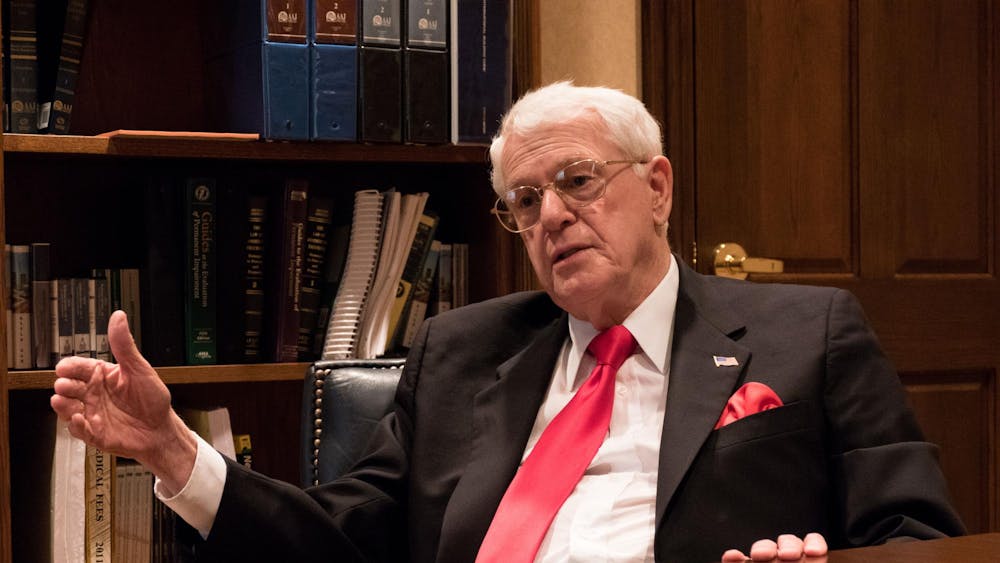INDIANAPOLIS -- A growing share of Indiana's child abuse and neglect deaths are occurring after state workers step in to check out reports of mistreatment, The Indianapolis Star reported Sunday.\nAn investigation by the newspaper also found the state's children suffered repeated abuse and neglect at rates above national averages.\nIn the first of three reports to be published through Tuesday, the Star said state child protection workers' caseloads are nearly twice as large as nationally recommended standards, with poor training leaving many workers unprepared.\nAndrea Marshall, executive director of Prevent Child Abuse Indiana, said the state's child protection system is failing children.\n"Do we have to wait for a child to die to finally determine that the system is wrong?" she said.\nThe proportion of Indiana child abuse deaths occurring after state workers step in has nearly doubled in the past five years, with at least 76 such cases reported since July 1997 and more than 20 in the fiscal year ending June 30, the Star said.\nWhen the state reported a then-record 65 child abuse and neglect deaths for fiscal year 1998, officials said 21.5 percent of those victims died after an investigation of their families.\nThat share grew to 39.6 percent of the 53 deaths the state originally reported for 2002.\nA U.S. Department of Health and Human Services review of data from 23 states found 14.9 percent of abuse and neglect deaths in 2000 -- the most recent year for which comparative data were available -- occurred in families where child protection agencies had confirmed mistreatment within the past five years.\nJohn Hamilton, secretary of Indiana's Family and Social Services Administration, questioned whether it is meaningful to focus on the percentage of deaths in which Indiana's Child Protection Service had prior contract with families.\n"When a family comes into the system with a fatality, the fact that nobody had contact with them before is not really a positive thing," he said. "It's not like you want to say: We want every death to surprise us.\n"I mean, in some ways, you want your system to reach out to the families most at risk."\nThe Star also said Indiana's rate of repeated abuse and neglect exceeds the national standard. The latest available statewide data, from 1999, showed 7.8 percent of Indiana children who survived abuse or neglect were victimized again within a six-month period. The national benchmark is 6.1 percent.\nThe federal Child and Family Services Review found last year that case managers in Indiana often failed to receive the training they needed, with new employees assigned cases as soon as they were hired and training not offered as frequently as needed.\nCase managers, the report said, found it difficult to attend ongoing training because of caseload demands. Indiana's child protection workers average about 27 active cases -- up three cases from the previous year and nearly twice the 14 recommended by the Child Welfare League of America.\nIndiana sets a higher threshold for proving abuse than do many states. Indiana law requires a determination that a child's physical or mental condition is "seriously" impaired or endangered by the child's parent, guardian or custodian. Many states require only harm or threat.\nThe Star also found:\n• Child protection has been hampered by the Indiana General Assembly's elimination of "indicated" as an investigative finding. That designation allowed case managers to assist and monitor families in which abuse was strongly suspected but not proven.\n• More than half of Indiana families in which abuse or neglect was found did not receive follow-up services from child protection workers.\nGov. Frank O'Bannon has pledged his support for a new Commission on Abused and Neglected Children that will look at ways to improve child protection.\nChanges planned or already under way include improved case manager training and better risk assessment of families to determine the appropriate level of intervention.
Report: More abuse deaths occurring after investigation
Star reported child protection workers received bad training
Get stories like this in your inbox
Subscribe





